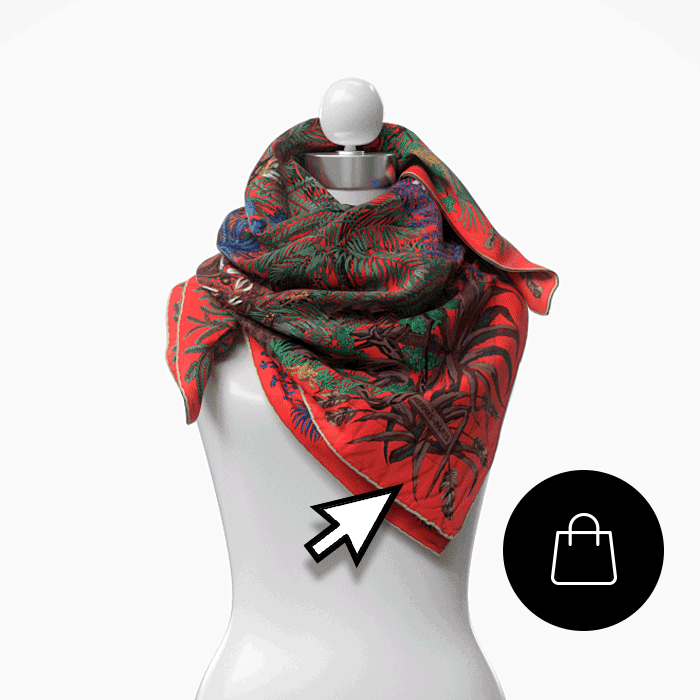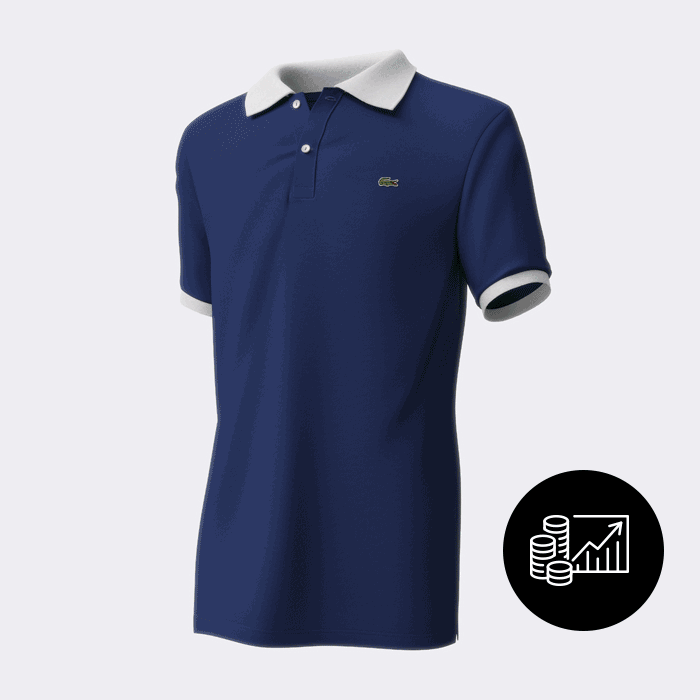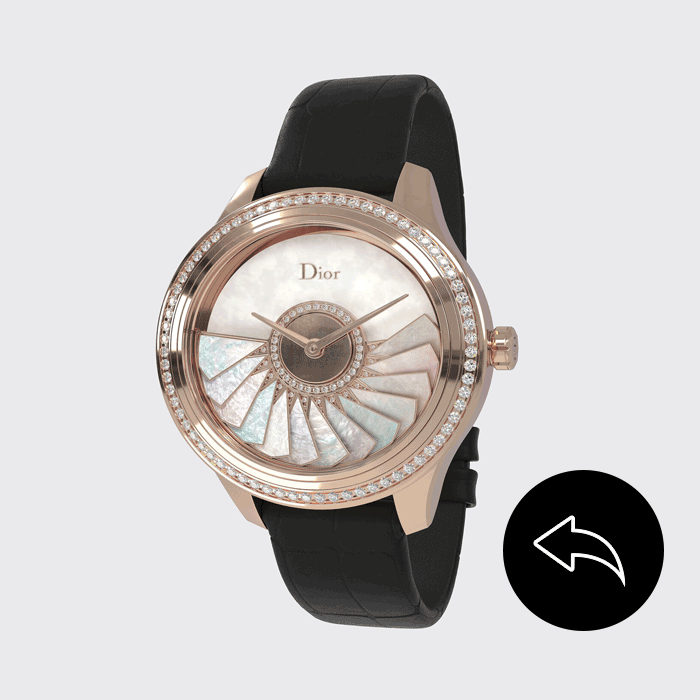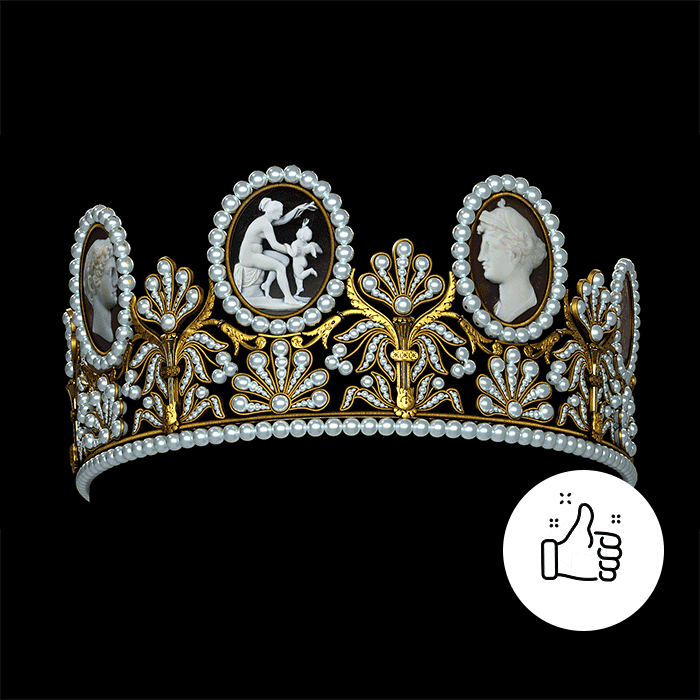Offering customers the ability to configure a product is a matter of marketing strategy and sales objective…. It also depends on the ability of the company to produce on demand.
If we look at it from the point of view of the service offered to the customer, what are the objectives of creating a 3D product configurator on the internet?
The 3D configuratorto simplify and promote the act of purchase
A product declined around modifications of shapes, colors, different materials, poses problems for the creation of an e-commerce site.
Each product variation must be photographed. This obliges the company to produce all the products and to make images of all the models. And the customer to view all the images to make his choice.
The integration of a product configurator based on 3D images makes it possible to answer this question intelligently. In a single visualization space, the customer can then configure and see all the possible combinations of a product.
The shopping experience becomes simple: the customer clicks on the configuration menus of the 3D configurator and the different models, shapes or different colors are displayed automatically. Through the 3D configuration, the customer can visualize the future product he is going to buy, compare the variations and the materials, choose the options… independently and very quickly, he can browse the range and buy the product that suits him.


The 3D configurator to expand the range, test new product variations, increase turnove
Take the case of a manufacturer of clothing, shirts for example. The insertion of a 3D configurator in an e-commerce site makes it possible to considerably broaden the range of products offered.
We know that shirts can come in different fabrics. But they also have different shapes: collars (Italian, Mao, French, officer, cut away…), cuffs (rounded, bevelled, straight, musketeer…), grooves, back, bends, etc.
Even for a single shirt model, with a single type of fabric, the combinations of this model are enormous: 7 cuff shapes x 9 collar shapes x 4 throat shapes, 4 back shapes…
For a single model, with a single fabric, there are already more than 1,000 possible variations!
Impossible for a company to present all the images on its e-shop.
The company that would like to test the increase in turnover linked to the extension of the range (product variation) has only one solution. It is the creation of a 3D configurator integrated into its internet store.
The 3D configurator to present the real product and reduce the return rate
Of course, it is possible in all e-commerce CMS (Woocommerce, Shopify, Prestashop or Drupal, to name only the most used) to create configuration menus. The size for example, or the color, are product configuration menus (variation or product attribute). But if the size does not impact the appearance of the product, the color, the options or the changes in shape modify the appearance more or less.
Without an online 3D configurator, the customer buys a product that he does not see. He must order “blind” and wait for delivery of the product to see if it meets his expectations.
Obviously, this generates expensive return costs for the company and the dissatisfaction of the customer who must ensure the logistics of the return, even if it is free.
A configurator made with photorealistic 3D images makes it possible to present the real product, thus avoiding unpleasant surprises for the buyer and significant costs for the company.


The 3D configurator to offer unique products and stand out from the competition
Take for example the case of a 3D configurator for furniture (table, sofa, furniture) or for outdoor products in aluminum or iron (doors, gates, outdoor furniture, etc.).
A company that knows how to offer configurations of its products will have a definite competitive advantage: each customer, in a shopping experience that will be unique to them, will be able to personalize their furniture, the colors of their doors, the shape of their dining table legs. exterior… Everything that the company’s manufacturing process can do and that the company can, via a 3D configurator, uniquely offer its customers will be a plus for the customer and for the company.
